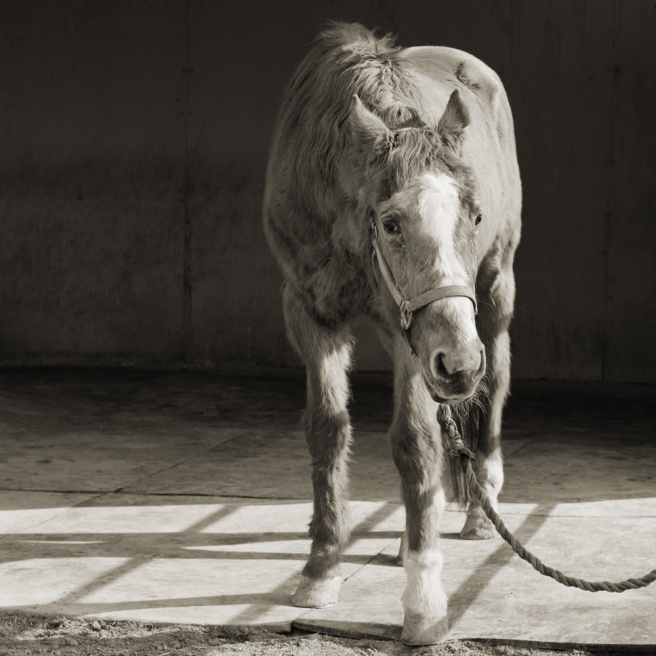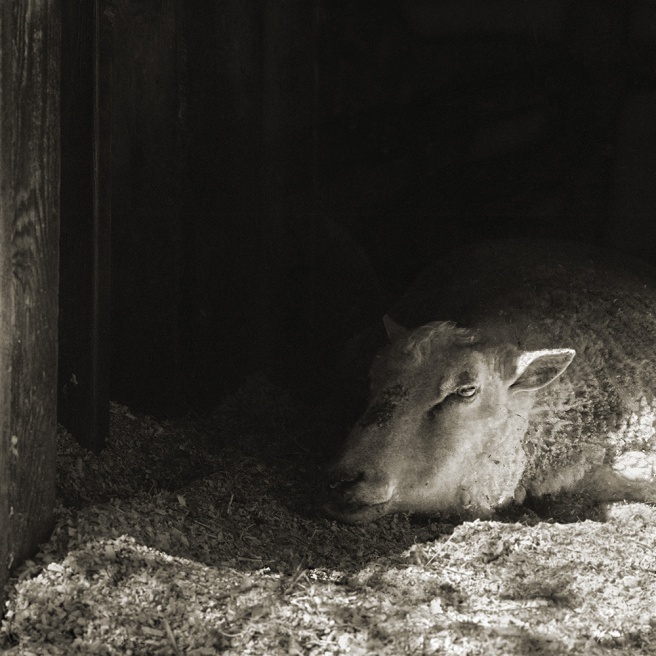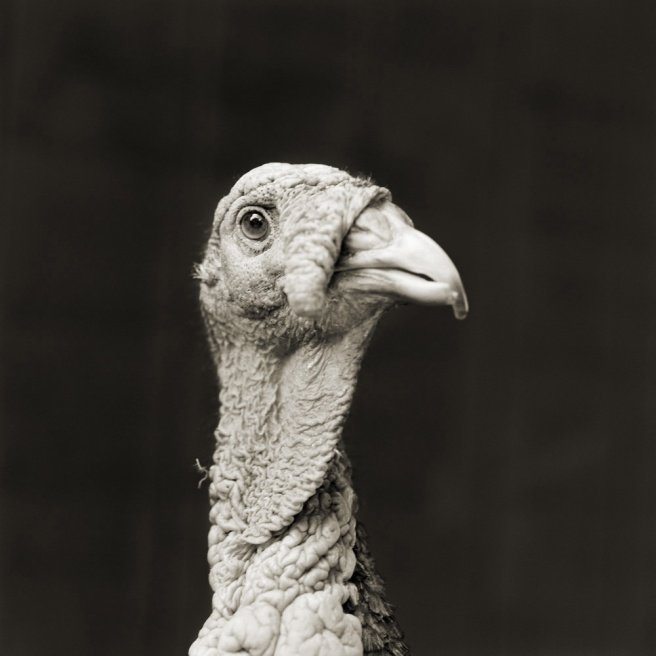I am traveling to sanctuaries across the country to photograph animals that are elderly or at the end stage of their lives. I began this series shortly after I had spent a year in New Jersey helping my sister care for my mother who has Alzheimer’s disease. When my mother got ill, I made a conscious decision to not photograph her. However, caring for her had a profound impact on me and I knew the experience would influence my photography. Shortly after I had returned from New Jersey, I encountered a blind elderly horse that was living on a relative’s property. I was mesmerized by this animal and spent the afternoon photographing him. After reviewing my film, I realized I had found a project that would enable me to sift through my feelings around my mother’s illness.
Since that first encounter, I have sought out and photographed animals that come from diverse backgrounds so I could examine a range of elderly experiences. Some of these animals have experienced neglect and abuse before they were placed in sanctuaries. Others have been well cared for since an early age. Some appear very old; others are youthful despite their advanced ages.
Defining the age at which an animal is considered elderly is not always clear-cut. Factory farm chickens, for example, are slaughtered when they are around 42 days old so they are bred to mature quickly. Animals that have been abused frequently age prematurely and are plagued with health problems relating to their abuse. A few though are remarkably resilient and seem to have recovered fully from their traumas. For example, Teresa, a 13-year-old Yorkshire pig, experienced horrors early in her life, which you would never guess from looking at her. As I photographed her for this project, she made contented grunts while basking in the morning sunlight that spilled into the barn.
In order to achieve a sense of intimacy in these portraits, I spend several hours with the animals I photograph and I try to visit them multiple times. Depending on the animal, I may spend an hour or so simply lying on the ground next to the creature before I take a single image. This approach helps the animal acclimate to my presence and to my equipment. It also allows me to observe the animal without being focused on picture taking.
I am creating these photographs to gain a deeper understanding about what it means to be mortal and to exorcise my fears of aging. I have come to realize that these images are self-portraits, or at the very least, they are manifestations of my fears and hopes about what I will be like when I am old. My intention is to take an honest and unflinching look at old age and I want these images to inspire others to become aware of and to engage with their own attitudes toward aging and mortality.
I also want my images to inspire greater empathy toward animals, particularly farm animals. It is rare to see a farm animal that has actually lived its natural life span given that most of these animals experience brutality and death early in their lives. By depicting the beauty and dignity of these creatures in their later years, I want to challenge people’s assumptions about these animals and inspire reforms to the treatment of farm animals.

















